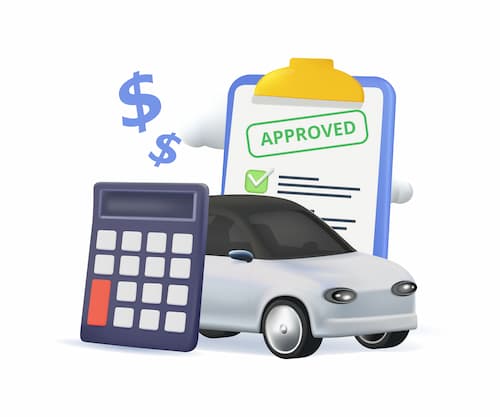Our recommendation
You should get umbrella insurance if:
- You have significant assets. If you own a home, have substantial savings, investments, or other valuable assets, umbrella insurance provides an extra layer of protection beyond your standard policies.
- You are at higher risk of being sued. This includes landlords, public figures, or individuals with significant public exposure.
- You engage in activities that increase liability risk. Such as owning rental properties, frequently hosting parties, or participating in sports or activities that could cause injury to others.
- You want peace of mind. Umbrella insurance offers broad coverage, ensuring that your finances are protected in the event of large claims or lawsuits that exceed your primary insurance limits.
You shouldn’t buy umbrella insurance if:
- You have minimal assets. If you don’t own significant assets or have a low net worth, the additional coverage may not be necessary.
- Your current policies provide sufficient coverage. If the liability limits on your homeowners, auto, or other insurance policies are adequate to cover your risk exposure, additional umbrella insurance might be redundant.
- You have a low-risk lifestyle. If you don’t engage in activities or have exposures that significantly increase your risk of liability, you may not need the extra coverage.
How does an umbrella insurance policy work?
Umbrella insurance kicks in when you’re facing a claimAn insurance claim is a request you make to your insurance company for coverage after your car is damaged or you have an accident. You can file a claim online, by phone, or in writing. or lawsuit that has exceeded the liability limits on your car insurance or home insurance. It will pay any additional amount up to the policy limit.
For example, imagine a scenario where a balcony collapses, severely injuring several people.
"If those people have to miss work for six months or more while recovering, and each makes $150,000 per year, the standard home insurance liability coverage of $100,000 won't cover the replacement of $300,000 or more in lost income along with the medical bills for the injuries," says Ronald Moore, a former senior product manager for MetLife Auto and Home Insurance.
Without personal umbrella coverage, you would have to pay out-of-pocket for any costs beyond your home or auto insurance limit. If you can’t pay, you could have a lien placed on your home. Your wages could be garnished, and your savings, retirement investments, and other assets might be up for grabs.
Umbrella insurance covers legal fees to defend yourself and the portion of a settlement or judgment that exceeds your homeowners liability or auto insurance liability limits. Those limits usually top out at $500,000. To purchase an umbrella policy, your insurer will likely require that you increase your auto liability limits above minimum levels and may even demand that you have $500,000 in liability coverage.
Umbrella insurance calculator
Find out how much umbrella insurance you need in a few short steps
How does an umbrella insurance claim work?
You can file an umbrella insurance claim in one of two main situations:
- You’ve exceeded the limits of your auto or home insurance policy
- The claim isn’t covered by your auto or home insurance policy but is covered by the umbrella policy
Liability awards in legal settlements can be expensive. According to the Insurance Information Institute, 21% of personal injury liability awards and settlements hit the million-dollar mark or higher in 2019. That's where umbrella coverage can be critical.
Here’s an example of the procedure for filing a claim after a car accident:
- You file a claim with your car insurance company
- Your auto insurance policy will cover you up to your coverage limits. You may still owe money depending on damages, injuries, and lawsuits.
- You can then file a claim with your umbrella insurance company for the excess.
- Your umbrella insurance will cover eligible damages that exceed your auto insurance limits.
- Your umbrella policy will cover the damages (and even your legal defense) up to your umbrella policy limit, which is often between $1 million and $5 million.
Let’s say you have $500,000 in total bodily injury coverage on your auto policy. Three people were seriously injured in the accident, which has been deemed your fault. Their total medical bills and costs related to the accident have reached and exceeded $500,000, and you’re being sued for pain and suffering.
If you have a $1 million umbrella policy, you can now file a claim with that policy, giving you a total of $1.5 million in coverage. That coverage will pay not only for the remaining medical bills but also for the legal fees and any judgment against you in court.



